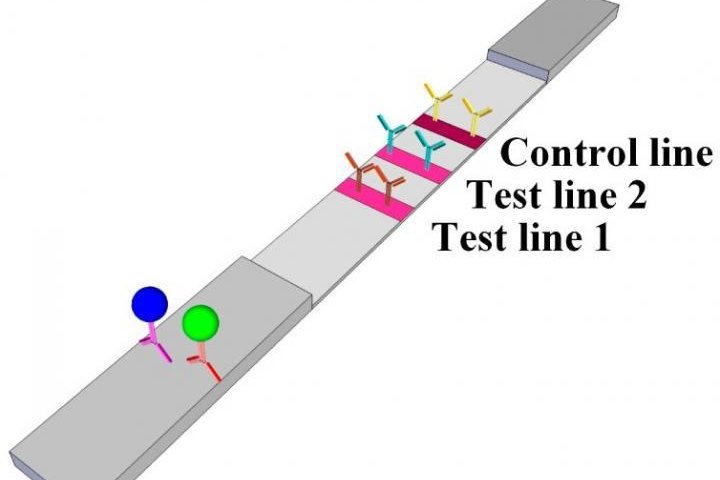May 24 (UPI) -- Scientists have created a new paper test strip to help heart failure patients closely monitor the progression of their disease from home without an office visit.
Currently, doctors analyze antigens called ST2 and BNP to track the progression of heart failure in patients, but that process requires trained medical personnel and intricate laboratory equipment.















